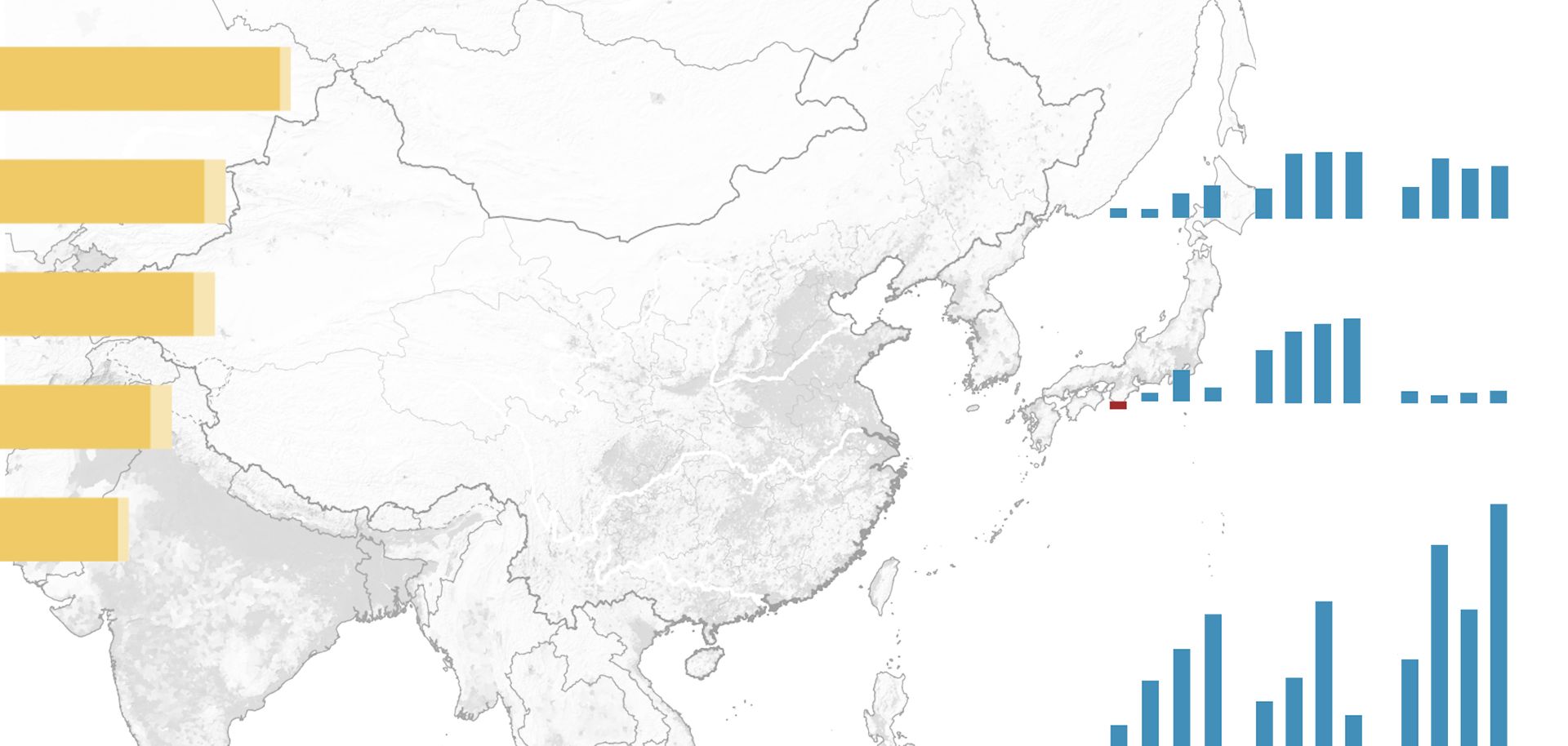
Subsidies and tariffs protecting the U.S. domestic ethanol industry appear set to expire by the end of 2011. The end of the measures, which comes at a time of increasing ethanol consumption in the United States, will likely have major consequences for smaller U.S. ethanol producers, but will have positive effects on the industry overall. As the world's second-largest biofuel producer and consumer, Brazil has long awaited this moment. Unlike U.S. ethanol, Brazilian ethanol comes from sugarcane. With a production capacity second only to the United States, Brazil has long had its eye on the U.S. market. Brazil has often criticized U.S. ethanol protectionism, as well as the inherent inefficiency of U.S. corn-based ethanol in comparison to Brazilian sugarcane-based ethanol. Despite the barriers, Brazil has exported ethanol to the United States in the past and will look to boost these exports after the subsidies and tariffs end. However, the timing is unfortunate for Brazil — the expiration of the measures also comes at a time of decreased Brazilian ethanol production and increased domestic consumption, preventing the country from capitalizing on the opening U.S. market to the extent it had hoped. This will allow for other foreign producers to step into the U.S. market in the short term while Brazil works to ramp up its ethanol production in the long term.


